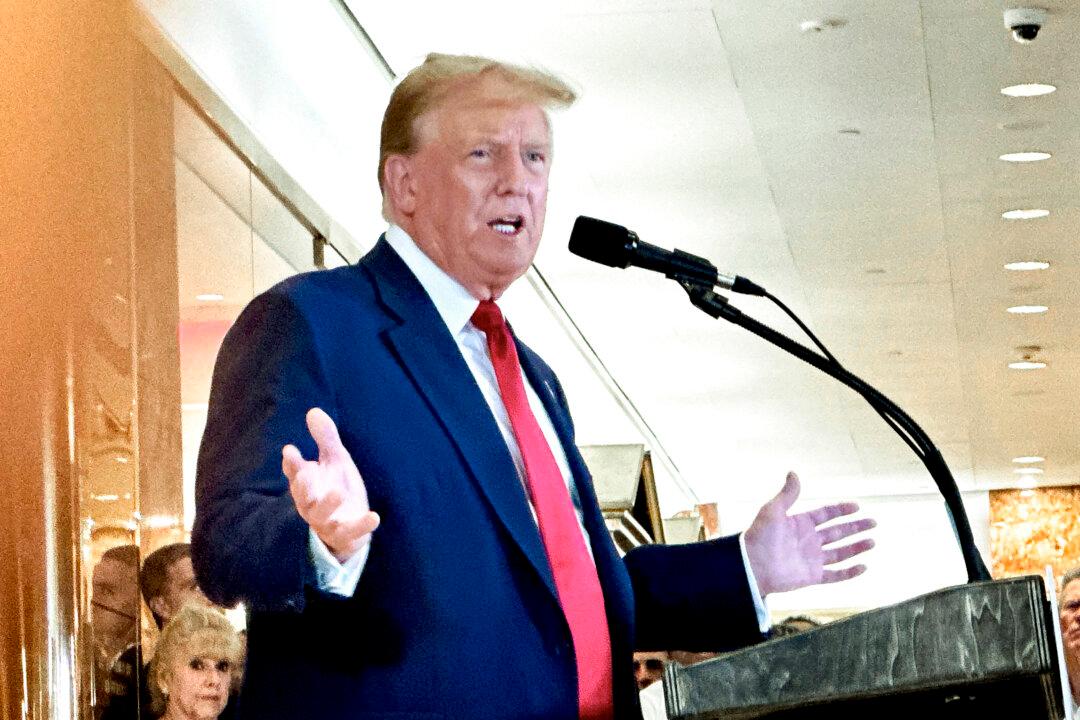There is a lot of chatter among conservatives (well, among some conservatives) about finally dispensing with chatter and moving on to action.
We’ve had a lot of diagnoses. Where’s the treatment?
As the first offering in this big project, I’d like to propose three courses of action.
None is original. This pleases me. Novelty in human affairs is often—I’d go so far as to say “generally”—counter-productive.
I said “landmark,” but forbore to put the word in ironical quotation marks, as Silberman does, not because it doesn’t deserve the epistemic deflation they impart, but because mentioning it this way allows me to give more full-throated support to Silberman’s skepticism about the opinion.
In essence, the decision made it almost impossible for anyone designated a “public figure” to win a libel suit. To do so, one has to prove that the defendant acted with “actual malice,” a high bar to pass.
The press, of course, loved the decision, for it effectively insulated them from most defamation suits.
Although the press celebrated the anniversary as a triumph for free speech, Sullivan wrote, for “those committed to the text and history of the Constitution, and a judiciary tethered to them, there is nothing at all to celebrate.”
“Even by the imperial-judiciary standards of the Warren Court, this case stands out as something of a classic effusion in that Court’s project of remaking American society to conform with its far-Left preferences. There is no question that the case is a watershed: Before New York Times v. Sullivan, the First Amendment protected a free press that was responsible in law for its errors; after and because of this case, the press has anything-goes immunity from almost any mistakes, no matter how damaging.
“As a policy matter, this may or may not be a prudent development. Constitutionally, the decision is an infamous failure and a disgrace to the judicial role.”
Silberman echoed and amplified many of these concerns. The New York Times and The Washington Post, he wrote, are “virtually Democratic Party broadsheets.” The same goes for the news sections of The Wall Street Journal, most of other major newspapers, television networks, and Silicon Valley social media outlets.
One-Party Control
And the nature of that impact is worrisome.“It should be borne in mind,” Silberman writes, ” that the first step taken by any potential authoritarian or dictatorial regime is to gain control of communications, particularly the delivery of news.
“It is fair to conclude, therefore, that one-party control of the press and media is a threat to a viable democracy. It may even give rise to countervailing extremism. The First Amendment guarantees a free press to foster a vibrant trade in ideas. But a biased press can distort the marketplace. And when the media has proven its willingness—if not eagerness—to so distort, it is a profound mistake to stand by unjustified legal rules that serve only to enhance the press’ power.”
Silberman writes with élan as well as insight.
“After observing my colleagues’ efforts to stretch the actual malice rule like a rubber band,” he reflects, “I am prompted to urge the overruling of New York Times v. Sullivan.”
It will not, he knows, be easy. “As I wrote, the Court has committed itself to a constitutional Brezhnev doctrine.”
Remember the Brezhnev doctrine?
In 1968, the Soviet leader had expounded the principle that any territory gained by a communist state had to remain in the hands of a communist state. There could be no retreat. So it has been with certain judicial opinions.
“Once the Court has ‘constitutionalized’ a new area of the law [Silberman writes], it will never willingly retreat. The long-term consequence of this policy is obvious: An ever-expanding sphere of influence for the Judiciary at the expense of the policymaking branches.”
To the charge that he regards decisions such as New York Times v. Sullivan with disdain, Silberman pleads guilty.
“I readily admit that I have little regard for holdings of the Court that dress up policymaking in constitutional garb. That is the real attack on the Constitution, in which—it should go without saying—the Framers chose to allocate political power to the political branches. The notion that the Court should somehow act in a policy role as a Council of Revision is illegitimate.”
When one recalls the extraordinarily vituperative, monolithic, and unfair coverage under which President Donald Trump and anyone associated him struggled for four years—a regime of left-wing intolerance that has only accelerated post-Trump with the embrace of wokeness by the government—it’s easy to see why the former president castigated “fake news” and mused about revisiting decisions like New York Times v. Sullivan.
Section 230
I can deal more briefly with my second two proposals.No. 2 also has to do with the media.
My suggestion is that we revisit “Section 230,” part of a federal statute passed 20 years ago that provides immunity to social media companies such as Facebook, Twitter, and Instagram from being sued over the material they purvey.
This allows them to operate without being responsible for the content they publish.
This issue is that such media companies want to have it both ways. They want the immunity of neutral providers. But they act—and they do so with increasing boldness—as spokesmen advocating, and censoring, certain points of view.
Should we, therefore, scrap Section 230 as well, as Trump suggested before he was banned for life from Twitter?
“To be a mere interactive computer service entitled to immunity from speaker/publisher liability,” McCarthy explains, “a platform must refrain from publishing activity—which includes suppressing one point of view while promoting its competitor. Twitter is well within its rights to censor its partisan adversaries; but in doing so, it forfeits the legal privilege that is available only to interactive computer services that do not censor on political or ideological grounds.”
Back to America
My third suggestion picks up on a suggestion made by a few people, including Sens. Josh Hawley (R-Mo.) and Marsha Blackburn (R-Tenn.) in 2019.In October of that year, they introduced a bill that would have moved about 90 percent of the workforce of 10 federal agencies out of Washington, relocating them in the heartland.
Quoth Hawley at the time, “Every year, Americans’ hard-earned tax dollars fund federal agencies that are mainly located in the D.C. bubble. That’s a big part of the problem with Washington: they’re too removed from the rest of America.”
You can say that again.
The Department of Agriculture would have moved to Missouri, Commerce to Pennsylvania, Education to Tennessee, Energy to Kentucky, Health and Human Services to Indiana, Housing and Urban Development to Ohio, Interior to New Mexico, Labor to West Virginia, Transportation to Michigan, and Veterans Affairs to South Carolina.
Of course, it wasn’t radical enough. Instead of moving the Department of Education, for example, the Act should have abolished it altogether.
But the impulse to relocate Washington to America is a sound one.
We should endeavor to build on it.
First of all, to forestall talk of granting statehood to Washington, D.C., we should simply incorporate it into Maryland, which already shares its socialist temper.
Then the entire official infrastructure of the district should become part of the Smithsonian Museum.
Since all official business will henceforth be conducted elsewhere, the buildings themselves—the White House, the Capitol, the Supreme Court, etc.—can become tourist attractions.
And to those who say that the fence, razor wire, and federal troops ought to be removed from around the Capitol, I say, “Think big!”
Since we are listing toward communism ourselves, why not take a page from former communist regimes and turn the Capitol just as it is now into a museum, much as Berlin did with its former Stasi headquarters.
We keep the fence and the razor wire but instead of federal troops, many of whom, of course, will be busy modeling their maternity flight suits or arranging for their gender reassignment surgery, we second suitably tough-looking employees from the Smithsonian to dress up in military uniforms and act as tour guides.
The time for idle talk is over. Here are three concrete, workable proposals that would enhance free speech, make the media more responsible, and do something about the national embarrassment that is Washington.
I offer them free and for nothing to the civic-spirited public.





